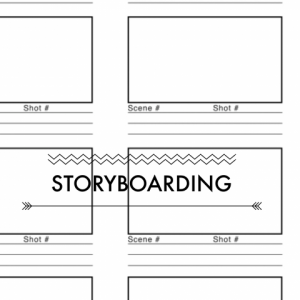When thinking about the technology tools that best support the idea of the Levels of Teaching Innovation (LoTi) framework, I envision teachers assessing students on their performance working with a team, not individuals working on an isolated subject. I also picture students doing more exploring while the teacher facilitates the room. Technology tools that I believe will help support this idea is a set of tablets or devices that would allow the students to work around the room and be able to work collaboratively. I think about the application of Google Docs and the ability to allow students to share ideas and work instantaneously. The devices with Internet access will allow groups to conduct research on any topic needed. This will leave open ended questions and student-centered thinking up to the child and their group to actively try to solve.
I have seen a huge jump in technology use with my staff, but as the book ISTE’s Technology Faciliation and Leadership Standards by Jo Williamson and Traci Redish states, 85% of teachers use technology for administration tasks. The school system has encouraged the use of technology for most school needs such as Google Drive, sending emails, and finding information. Learning these skills do not necessarily mean the teachers are ready to use these type of tools with their students. The book states that the most commonly used technology in classrooms are not aligned to research-based best practices (Moersch, 2002) and I agree with that. When you have to not only know the technology yourself, but also be comfortable teaching the technology to your students, it become a hard task. That is not even considering the planning time it takes to design a worth-while lesson without the use the technology. There are many factors that go into each lesson and asking teachers to add technology is one more thing to add.
I agree with the book when they stated that they see teachers use technology as a reward when the students’ “real” work is done. I see this done in my schools because they feel as if the technology has been bought, so they must find a way to use it. I also see the struggles of teachers finding the time to train the students in the use of the technology so that the lesson might go smoothly.
I do believe that technology implementations are skewed towards lower-cognitive skills and the didactic learning environment. I think that most of the programs out there available for teacher to use with their students (with little to do training) are quick and easy “skill and drill” applications or “engagement” technology. All too often do I hear about something cool and new to try with your students and I feel like some teachers hop right on to try it with their students without thinking about a higher-level thinking lesson to go along with the lesson. I think that this type of technology is most used by teachers with students because their is minimal time for training and planning. It takes almost no time to have a student get on a program like Math Prodigy and start “playing” the math fact games. However, it takes thought and planning in using a tool such as Google Classroom, Discovery Board Builder or Animoto to have students work together on a PBL project. I think their their are a lot of technology tools out there for teachers to use with higher-level thinking lessons, however, it takes a good technology facilitator, not just a piece of technology.










